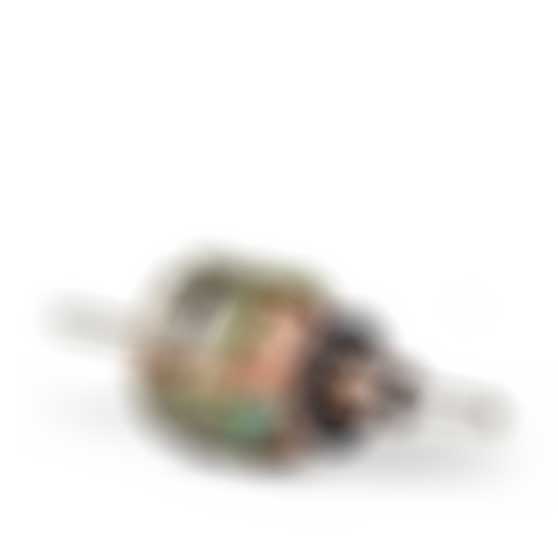

The elements iron, nickel and cobalt all have the common feature that they create a magnetic flux when a current is applied. This phenomenon is called ferromagnetism.
Magnetic materials, or soft magnetic materials as they are often called, are characterised by the fact that the magnetic properties are defined and clear. Properties such as saturation value, coercivity and permeability are all important characteristics in magnetic materials. You can affect and improve these magnetic properties by a subsequent heat treatment and in particular increase the material’s permeability and reduce its coercivity, i.e. make the material more easily magnetised.
The development of magnetic materials has made great strides in recent years, both in relation to crystalline materials and also with the introduction of amorphous materials. Now nanocrystalline materials have also led to a reduction in both the size and cost of components.
Today advanced magnetic speciality materials are often the main component in many electrical and electronic products. Major areas of application for magnetic materials are magnetic cores, anti-theft alarms in shops and soft magnetic parts for watch motors.

Nickel iron has a crystalline crystal structure with the possibility of a flexible form of hysteresis curve with subsequent heat treatment. The nickel contents fall between 36 and 80%, with a high saturation value and lower permeability for lower nickel contents and a low saturation value with high permeability for higher nickel contents. Supplied as sheet, strip or bar.

Cobalt iron is the crystalline soft magnetic materials which has the highest saturation value; up to 2.35 T, but the permeability is lower and the coercivity higher on cobalt iron. Supplied as sheet, bar or strip.

Pure iron has quite high saturation values, 2.1 T, but good magnetic properties in relation to its price.

Amorphous materials are produced via rapid solidification technology which generates solidification rates of more than 1 million degrees per second. They have a thickness of approximately 20 µm and a width of up to 60 mm. Amorphous materials are characterised by high permeability and a saturation value of around 0.7 T.

Nanocrystalline materials are produced via rapid solidification technology which generates solidification rates of more than 1 million degrees per second. The material is initially amorphous but subsequent heat treatments at 500-600°C produce a crystalline structure with grain sizes of 10 nanometres. Nanocrystalline material is characterised by a relatively high permeability and a high saturation value of around 1.2 T.

The magnetic materials are not generally used in their delivered form, but parts are manufactured from the starting material. We can supply different types of machined components from all the magnetic materials described above. Turned, punched, laminated and deep-drawn with subsequent magnetic final annealing to obtain the best magnetic performance.